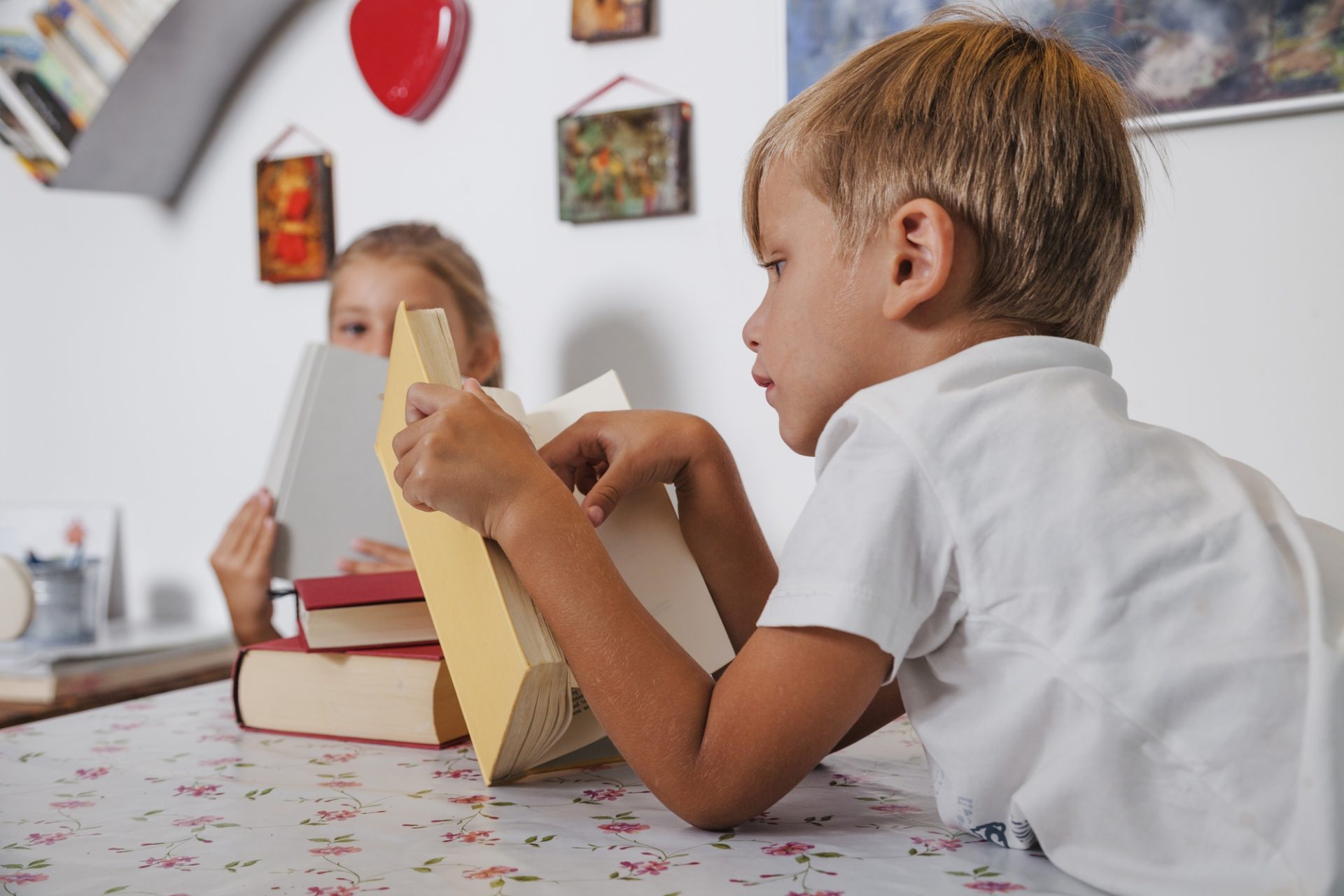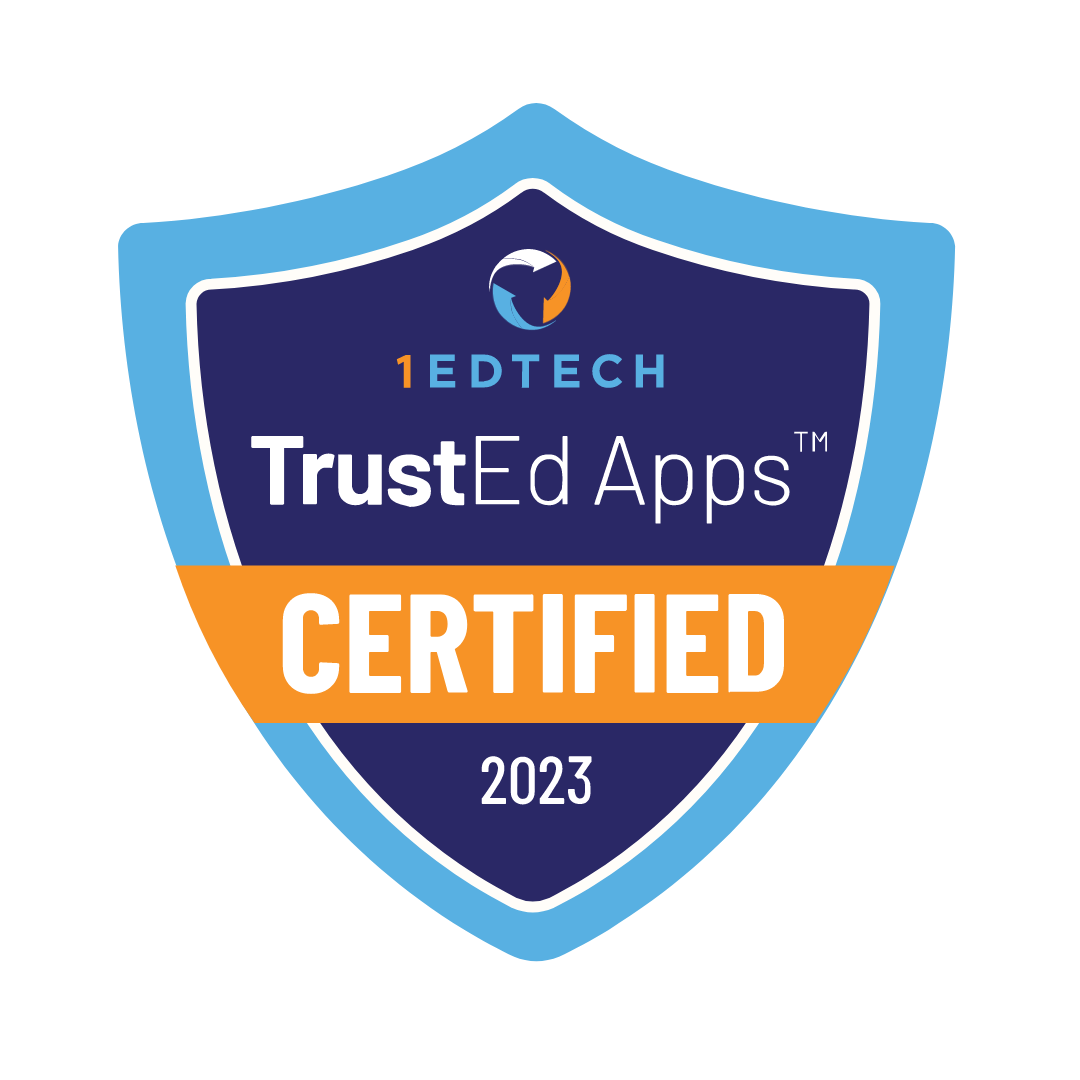Contents
- 1 What Are Effective Language Arts Activities for 3rd Grade?
- 2 How to Teach Grammar Concepts in Third Grade Language Arts?
- 3 What are the Best Reading Comprehension Strategies for Grade 3?
- 4 How to Incorporate Phonics in Third Grade Language Arts?
- 5 What are Creative Ideas for Language Arts Lesson Plans?
Homeschooling has become the choice of over three million families in the United States this year, according to Brighterly. One of the biggest challenges facing parents in homeschooling is how to conduct a lesson effectively with children, especially at elementary school age.

3rd grade language arts lesson plans and activities are detailed guides and tasks designed to help third graders develop key skills in language arts. We’ll tell you more about teaching the language arts in this article.
What Are Effective Language Arts Activities for 3rd Grade?
We’ll explore activities to make language arts lessons fun and useful.

Practical Language Arts Worksheets
Worksheets give third graders a chance to practice sentence structure, vocabulary, and grammar. Word searches, fill-in-the-blank, and matching exercises make learning fun. Grab free printable worksheets at Education.com.
Interactive Grammar Games for Grade 3
Grammar becomes much more enjoyable when third graders can learn through play. Teachers at Legacy Online School use games in their lessons and can confirm their effectiveness. Online platforms like ABCya offer engaging games where kids can identify parts of speech, practice punctuation, and even build sentences in a colorful, interactive way. These games make grammar concepts accessible and fun.
Activities, like grammar bingo, add excitement while teaching the basics. Each square on the bingo card represents a part of speech, and students match called-out words to the correct category. Another fun option is sentence challenges, where kids race to assemble words into grammatically correct sentences with silly or creative themes to keep them laughing and engaged.
Creative Writing Prompts for Third Graders
Writing prompts inspire creativity and improve writing skills. Ask students to describe their dream vacation or imagine being a superhero. Free resources with prompts are available on JournalBuddies. Encourage kids to share their stories to build confidence and communication skills.

How to Teach Grammar Concepts in Third Grade Language Arts?

“Nothing scary or intimidating. Just learning how to communicate ideas through language. You’ve been teaching language arts to your children naturally since they were born”
Sonya Shafer, Simply Charlotte Mason
Let’s take a closer look at grammar concepts and how to teach them effectively.
Understanding Nouns, Verbs, and Adjectives
Start by explaining nouns as people, places, or things, and verbs as action words to third graders. Tell kids how adjectives describe nouns and detail the sentences. Children understand better with the use of examples from books or some objects present in the classroom. These basics build a strong grammar foundation for young learners.
Fun Activities for Teaching Adverbs and Adjectives
These activities will help children in learning of adverbs and adjectives:
Have kids match adjectives with nouns and adverbs with verbs to create sentences
Ask students to describe objects in the classroom using adjectives or actions using adverbs
Use platforms like TurtleDiary for interesting exercises and games
Encourage children to write short stories or sentences using certain adjectives and adverbs
Give students a story or article to find adjectives and adverbs and have them make a list of these
Have students draw an object and label the color, size, and shape using adjectives
Worksheet Ideas for Subject-Verb Agreement
Design worksheets with fill-in-the-blank sentences to teach subject-verb agreement. Include simple examples. Add more challenging options as students improve. Websites like Super Teacher Worksheets provide useful grammar sheets.
What are the Best Reading Comprehension Strategies for Grade 3?
Let’s talk about effective ways to improve reading skills in third graders.

Using Context Clues to Enhance Understanding
Teach kids to look at words around unfamiliar terms to guess their meaning. Practice with children sentences where key words give hints. Use exercises from ReadTheory to build this skill. Context clues help kids decode new words independently.
Identifying the Main Idea in Informational Texts
Ask students to summarize a paragraph in one sentence to find the main idea. Use texts on topics like animals or geography for engaging practice. Resources like CommonLit offer free informational passages. This skill helps kids focus on the most important details.
Engaging Students with Text Features
Teach kids how titles, headings, and diagrams provide extra meaning in a text. Show children examples in nonfiction books or magazines to make lessons interactive. Online worksheets from Super Teacher Worksheets include activities on text features.
How to Incorporate Phonics in Third Grade Language Arts?
Let’s take a closer look at how to use phonics to boost reading and writing skills in third graders.

Teaching Prefixes and Suffixes
Introduce third graders to common prefixes to build their vocabulary. Give kids practice with word-building by adding prefixes to base words. Use printable resources from Turtle Diary to strengthen children’s understanding.
Activities for Learning Digraphs and Vowel Sounds
These activities help students recognize and use digraphs and vowel sounds effectively:
Have students sort words by digraphs or vowel combinations
Motivate kids to find words with digraphs and vowel sounds in books or around the classroom
Use platforms like Phonics Hero for engaging games and exercises
Give students letter tiles to form words with specific digraphs or vowel sounds
Building Vocabulary with Root Words and Homophones
Teach root words, for example, by showing how “write” relates to “writer” and “writing”. Explain homophones, using sentence examples. Structured worksheets from Super Teacher Worksheets give practice.
What are Creative Ideas for Language Arts Lesson Plans?
Let’s explore fun and creative ways to make language arts lessons better for third graders.

Integrating Storytelling with Fables and Folktales
Teach storytelling by using classic fables like “The Tortoise and the Hare” or folktales from different cultures. Promote discussion with kids of any moral issues or lessons within the story to develop critical thinking. Motivate children to retell a tale in their own words or create new stories. Inspire their imaginations with Storynory’s free audio stories.
Using Compare and Contrast Techniques in Writing
Ask third graders to compare characters, settings, or events from two stories. Help kids brainstorm prior to writing with Venn diagrams. Have children elaborate on how things are different and how they are alike in short paragraphs. TeacherVision printable activities make compare-and-contrast lessons entertaining for kids.
Incorporating Cause and Effect in Reading Assignments
Choose texts with clear cause-and-effect relationships. Create graphic organizers to map causes and their effects in the story. Use reading passages from ReadWorks to practice this skill. These activities strengthen comprehension and logical thinking.











